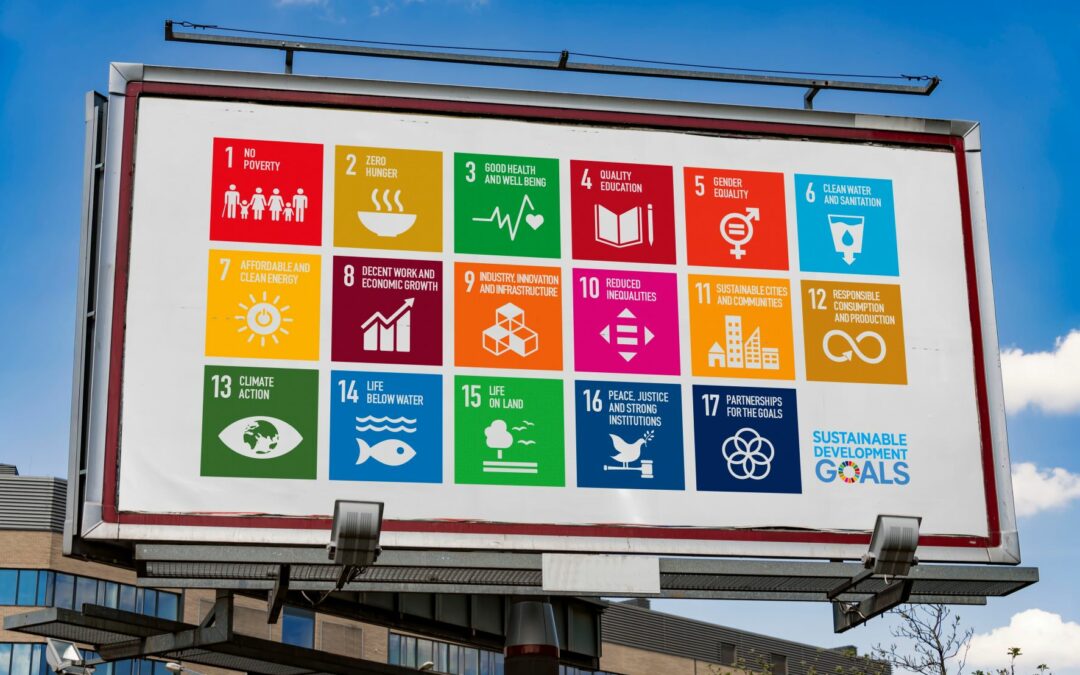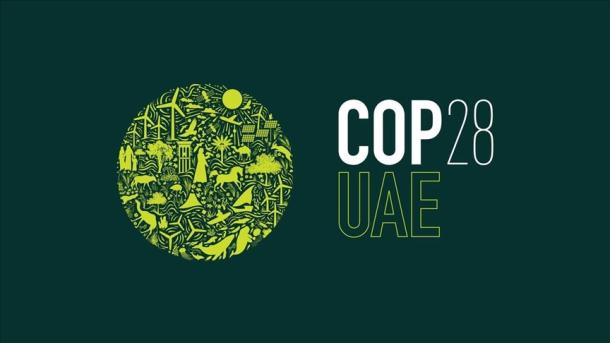According to the UN, the “growth in the number of international migrants has been robust over the last two decades, reaching 281 million people living outside their country of origin in 2020, up from 173 million in 2000 and 221 million in 2010.” They currently “represent about 3.6 per cent of the world’s population.”
This situation is being compounded by the rise of ‘climate refugees’, which is still seen as an emerging category. Climate related migration is becoming one of the greatest challenges of our era, and the World Economic Forum estimates that over 150 million people will experience climate-related displacement by 2050.
Voluntary migration or involuntary relocation–for economic, political, and/or environmental reasons— are a growing concern for the international community. Concerned organizations collect data, try to influence policy, and provide practical assistance to migrants. Some leading organizations that deal with these issues are listed below.
United Nations High Commissioner for Refugees (1950; Geneva)
Seeks to protect and advocate for refugees with the aim of ensuring that “everyone has the right to seek asylum and find safe refuge in another country.” In the 1990’s, it began working on climate change and disaster displacement and expanded its scope in the 2000s due to the growing need of climate refugees.
Global Shelter Cluster (2005; Geneva)
It is co-chaired by the International Federation of Red Cross and Red Crescent Societies (IFRC) and UNHCR at the global level. The IFRC is the convener of the Shelter Cluster in natural disasters and the UNHCR leads the Shelter Cluster in conflict situations.The Inter-Agency Standing Committee (IASC) coordination mechanism supports internally displaced people; enabling better coordination among all shelter actors, including local and national governments, so that people who need shelter assistance get help faster and receive the right kind of support.
Global Forum on Migration and Development (GFMD)
(2006; Geneva)
A space where governments discuss the “multi-dimensional aspects, opportunities and challenges related to migration, development, and the link between these two areas.” They “analyze and discuss sensitive issues, create consensus, pose innovative solutions, and share policy and practices.”
International Organization for Migration (1951; Geneva)
Encourages “international cooperation on migration issues”; providing “services and advice to governments and migrants”. This includes assisting in the “search for practical solutions to migration problems and providing humanitarian assistance to migrants, refugees and internally displaced people.”
Migration Data Portal (2017; Berlin)
Managed and developed by IOM’s Global Migration Data Analysis Centre (GMDAC), it provides migration data, which is timely, comprehensive and reliable. The portal is designed to help navigate the increasingly complex landscape of international migration data.
International Refugee Assistance Project (2008; New York)
Started by students at Yale Law School, the project joined the Urban Justice Center in 2010. It now has offices in Jordan, Lebanon, and Berlin. It works to organize law students and lawyers;”mobilizing direct legal aid, litigation, and systemic advocacy.” [83 Staff]
International Rescue Committee (1993; New York)
Provides “emergency aid and long-term assistance to refugees and displaced persons.” The staff consists of first responders, humanitarian relief workers, international development experts, health care providers, and educators.
International Center for Migration Policy Development
(1993; Vienna)
Takes “a regional approach in its work to create efficient cooperation and partnerships along migration routes.” To this end, it strives to link research, migration dialogues and capacity building, basing its work on knowledge and solid evidence to provide policymakers and politicians with the necessary groundwork to make critical decisions.
Migration Policy Institute (2001; Washington)
Focuses on migration flows and integration policy related to labor markets, educational outcomes, and social cohesion; providing analysis to policymakers and the general public. It’s goal is to promote safe places for dialogue and offer specific technical assistance to policymakers, practitioners, and NGOs.
Internal Displacement Monitoring Centre (1998; Geneva)
Analyses the “scale, patterns, drivers and impacts of internal displacement”; collecting data that’s associated with slow-onset environmental change and disasters. This is done with the aim of informing the policies and practices that manage and reduce displacement risk.
National Immigration Law Centre (1979; Los Angeles)
Dedicated to defending and advancing the rights of immigrants with low income in the USA. Their new strategic framework “represents a shift in our strategy orientation in recognition of the fact that legal and policy strategies” aren’t enough to “achieve long-term transformational change.”
Refugee Council USA (2000; Washington)
The diverse coalition of 29 US-based NGOs supports refugee resettlement and integration, promoting efforts to “protect and welcome refugees, asylees, asylum-seekers, and other forcibly displaced populations.” It also encourages dialogue and communication among government, civil society, and those who need protection and welcome while also advocating for policy reform.
MOSAIC (1976; Vancouver, British Columbia)
As one of the largest settlement non-profit organizations in Canada, it helps settlement and integration of immigrants and refugees. They have various “programs and services to help newcomers transition to life in Canada.”
Refugee International (1979; Washington DC)
Advocates for lifesaving assistance and the “protection for displaced people and promotes solutions to displacement crises.” It challenges “governments, policymakers, and administrations to improve the lives of displaced people”; working to “improve the way aid is delivered to ensure that their rights are respected”. Their Climate Displacement Program “advocates for improved assistance, protection, and solutions for vulnerable communities and individuals uprooted in the context of extreme weather and climate change.”
Climate Refugees (2015; New York)
An “independent, non-profit”, which works “to bring attention and action to help people displaced across borders as a result of climate change.” Its reports provide “a human lens on climate change, documenting human rights conditions side-by-side with political, social, economic, and conflict risk analysis.”
Climate and Migration Coalition (2010; Oxford, UK)
An alliance that works to encourage a “people-centred policy response at the national and international level”, by “building support for policies that allow people to strengthen their survival capacity through migration.” It also ensures “adequate assistance and protection for people displaced internally and across borders.
Conclusion
The rise of migrants and refugees has created many problems; one of which is how to host them and integrate them into society. When the migrants come from countries like Afghanistan and Syria, they are in “need of the basics of survival, employment opportunities, services, and community.” States have to move away from temporary solutions to long term plans for integration. But this isn’t simple, especially because the number of migrants has increased markedly.
Across the world, there are examples of an ongoing tension between the two main political ideologies – the progressive and humanitarian groups, who are finding room for migrants and refugees, versus the right-wing, populist, nativist groups who are building literal or figurative walls. Both sides link their argument to the economy, with the former arguing that refugee inclusion is good for the economy, and the latter arguing that foreigners take jobs away from natives. This political clash will almost certainly grow especially as organisations like Plot Against Immigrants exacerbate existing anti-immigrant tensions.




0 Comments
Trackbacks/Pingbacks